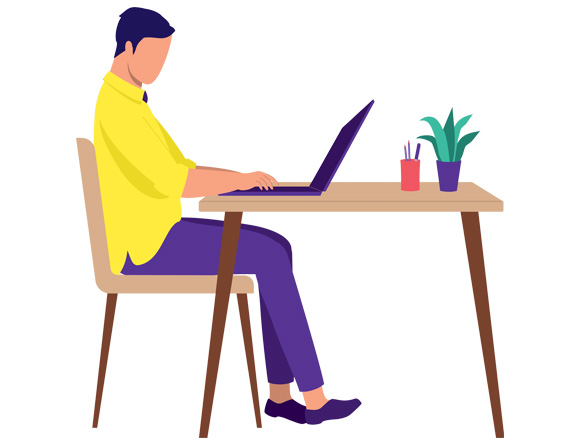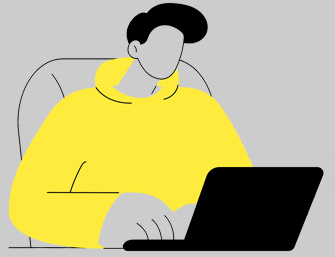
How to manage your persistant pain
We all know how tough it can be when you are living with pain, and this is why we put together this short guide of Top Tips from our thriving community. We have all been where you are now, and still find ourselves back there from time to time.
How we choose to respond……...in this moment…. can determine how long it lasts and how we turn down the volume.
The pain you are feeling right now is real, and it is not all in your head. It's important to reflect that setbacks are only temporary – we know this will pass because it has before. You are not alone, and we hope we can help you manage your pain.
Persistent Pain is very common. This means there is a huge community of people from who we can draw support and guidance
The people living with the conditions ARE the experts
Here are things you can try right now
People Pick n Mix
Hello, my name is Lee. I founded Partnering pain a few years ago. I have been living with Persistent Pain for three decades. Whilst my life, and my relationship with my symptoms changed in 2022 I still experience setbacks, or Flare-Ups as they are known, quite frequently. So, how do I manage them…….Here are my Top Tips that work for me…..

Learning to Understand Pain was crucial
The hurt we feel very often does not mean that we have caused harm or injury – and that was weird to get my head around at first. Learning that Pain is often driven by emotion puts me back in control. Where we cannot control pain or fatigue, we can often make sense of the emotions driving it and deal with them instead, which in turns helps to turn down the volume of Pain.
The first draw in my toolkit is Heat, and plenty of it
Whatever option is easiest at the time I will use, so having options is great. Can I take a really hot bath, if not can I take a Hot Shower and allow the water to warm my pain. Alternatively I will use a Hot Water bottle, I have a really elongated one that reaches from my neck to my lower back – it's a game changer when things get tough. Other options include Heat Packs or Wheat Bags.
The next drawer involves breathing techniques
I know, everyone tells us this and we rarely try it. It takes practice, and patience, but for me now it's as effective as the strongest of Medication ( and I can combine it with the hot bath – bonus ). Ensuring we regulate our breathing helps to calm our heart rate which in turns calms our nervous system ( where pain lives ). Having a longer exhale than the inhale supercharges the effect. Sometimes I use box breathing counting the seconds (4 in/hold for 4/4 out/hold for 4) and other times I create different shapes – a rectangle aids the longer exhale (4/7/4/7).
The next drawer in mindful movement.
Working with my body and not against it is key. No amount of “pushing through will help”. Looking for the ‘soft edges' of the pain and then pulling back. This is a very personal thing as pain is complicated and different in everyone. I find that gentle stretches are a safe place to start, and I have also learned a few Yoga moves that work for me. Qi gong movements are also very good, and again I have taken time to find my favourites. The brain is really clever, because now I know how effective movement is, my pain volume lowers ‘as' I start them – it knows I am taking my medicine.
We experience pain when we are stationary because our nerves are starved of blood supply. When we give our nerves what they want, it's party time for them. When they are happier then so are we. Find the Movements that are safe for you and begin them at the first signs of a setback. Just like the parking sensors on our cars – listen and take notice at the 1st bleep. A sensor that ONLY bleeps when you “hit the wall” is useless.
Safety Talk (Yorkshireman here)
Reassuring myself that I am safe help me to stay calm. When I stay calm I have much less ‘fear' of the pain. Fear is the fuel for pain. If we can find our ‘calm in the chaos' it helps us to make better choices. Somatic Tracking, Body Scans, Meditations and relaxation exercise are brilliant – but they also take time and patience.

Join a commuity of others who
live with persistant pain
When I have a setback, I see the pain as a message. When I can understand the message, I can learn how to respond. Setbacks will continue to happen and that's ok. The message is usually telling me to slow down, stop pushing and pay attention to what's going on in my life. That's a pretty cool form of protection that helps me keep the balance right in my life.
Home | Self Management | Where Do I Start? | About Us
Join our Group


Funded by Sports England

